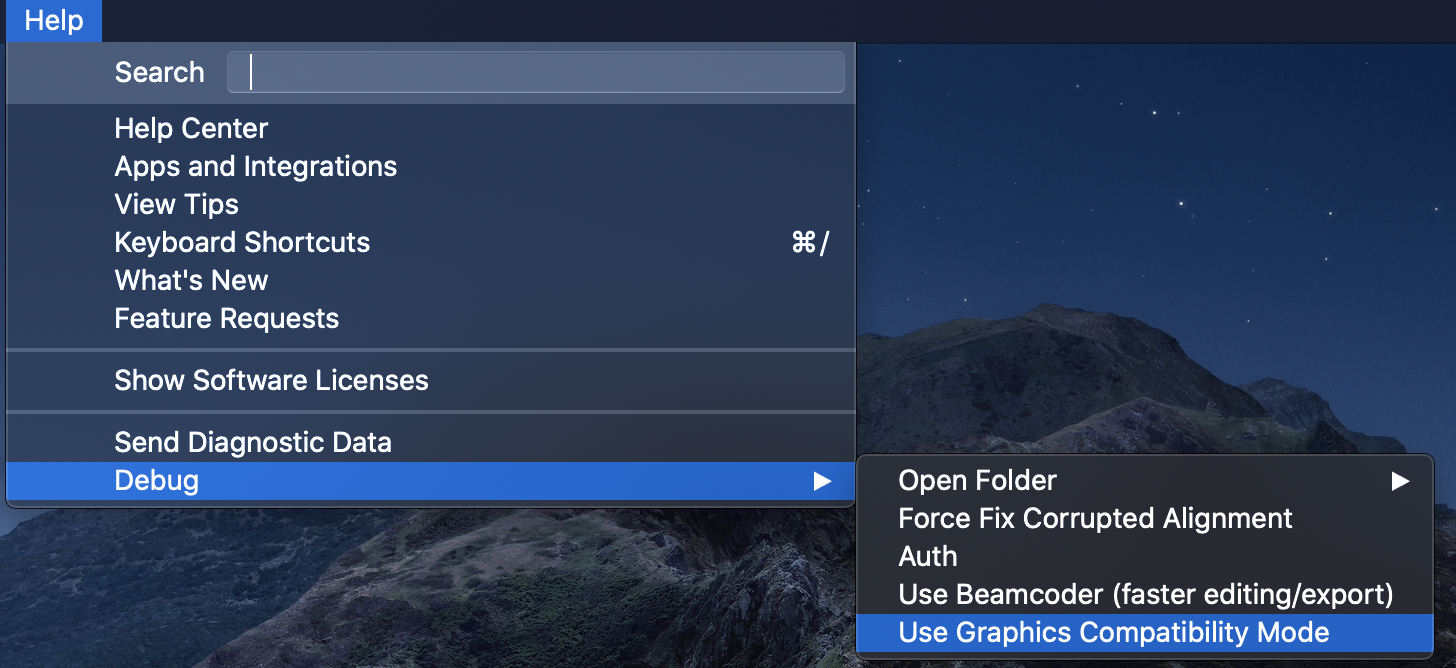
Supported graphic file formats are: bmp, gif, jpeg, jpg, png, tif and tiff. It is a layout format and not meant for text processing. This is due to the nature of PDF as mentioned above. When you retrieve text from a coded PDF segment the output will be rich text.

Another option is to apply character recognition in your PDF reader/writer software. When scanning a text from paper, you need to use character recognition software (OCR, frequently provided with your scanner) in order to create a text PDF file. If you do the latter, then ATLAS.ti treats it as a graphic file, and you cannot search it or retrieve text. When preparing PDFs, you need to pay attention that you prepare a text PDF file and not a graphic PDF. If the PDF file has annotations, they are displayed in ATLAS.ti.

When PDF was invented, its goal was to preserve the same layout for onscreen display and in print. PDF files are perfect if you need the original layout.
#Descript for mac how to
Examples of supported services are:įor further information on how to import transcripts from these services, see Importing Automated Transcripts in VTT and SRT format PDF files (Text and Graphic) This could mean - you or another person transcribing data for you - have used a specialized transcription software like:Īnother source are transcript prepared automatically by services like Microsoft Teams, Zoom or YouTube in SRT or VTT format. You can prepare your own transcripts in ATLAS.ti, or import transcripts that have been created elsewhere. You can add transcripts with timestamps and synchronize them with the original audio or video file. We however recommend using a dedicated transcription tool or use automated transcriptions.

When adding an empty text document to an ATLAS.ti project, you can also transcribe your data in ATLAS.ti. This is useful to correct transcription errors, to change formatting, or to add missing information. Text documents can be edited in ATLAS.ti.


 0 kommentar(er)
0 kommentar(er)
